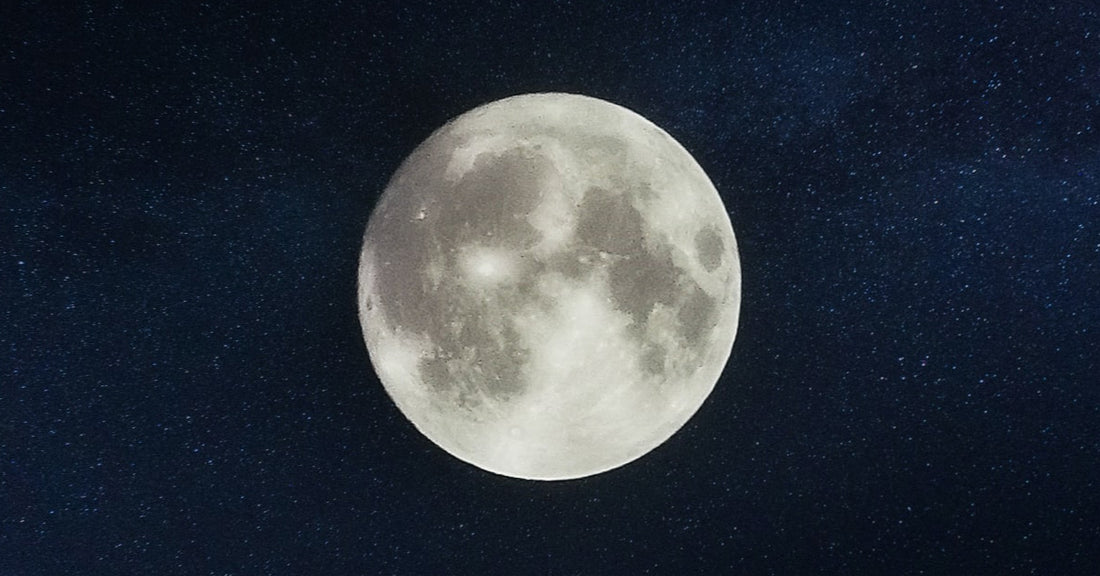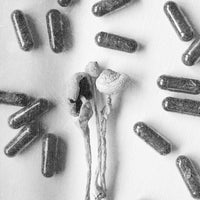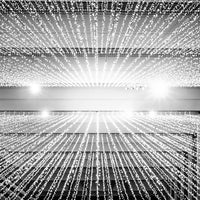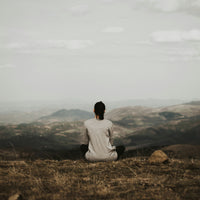Dr. Jeffrey Durmer is a neuroscientist, neurobiologist and sleep expert who has worked with olympic athletes to help them optimize their performance through sleep—which plays many vital roles in overall health. He’s not a big fan of Daylight Saving Time, and the reason boils down to the biological need to regulate our bodies based on natural rhythms, rather than artificial ones.
Here’s why, if we want to give our bodies the best chance at health, Durmer says Daylight Saving Time has got to go.
The Circadian Rhythm
As we rise, light activates our circadian rhythm, a cycle in our bodies formed from the rotation of the Earth that is about (circa) as long as a day (diem). It regulates our sleep-wake cycle.
We each wake and rest to slightly different tempos. Those who identify more as night owls have a somewhat delayed rhythm, whereas those who lean lark wake up earlier and have a shorter rhythm.
Whether we’re early to rise or burning the midnight oil, our biology is based on the sun.
“That's something that every living creature on earth goes through: trees, insects, even earthworms that live under the ground, still have a circadian rhythm,” Dr. Jeffrey Durmer, a neuroscientist, neurobiologist and sleep expert observes.
The living world is composed of pulses: inhales and exhales, day and night, life and death. Durmer points out that even within our bodies we have multiple pulses:
“Your heart has a rhythm, your gut has a rhythm, your liver has a rhythm and your muscles have a rhythm,” he says. “Other parts and organs of the body all have rhythms that are different, and the only way to coordinate them is through this central mechanism that coordinates all those rhythms. So that's a circadian rhythm.”
The Artificial Clock Can Damage Health
The internal clock of the circadian rhythm sets the pace for our biological functions and needs to be reset every day, despite the demands of our over-caffeinated, sleep-deprived grind culture.
We tend to pay more attention to the numbers on a clock than the feelings in our body. Thanks to the industrial revolution’s invention of the light bulb, we can stay in our homes or offices all day without following the inconvenient inconsistencies of the sun.
“When we are out of rhythm with the environment, it leads to significant health consequences: mental health issues, cardiovascular issues, difficulty with metabolic activation and using insulin properly—things like diabetes and inflammatory diseases, and cancers are also associated with these dysrhythmic components,” Durmer warns.
He says if we follow the sun’s rhythms and keep “high noon” aligned with the time of day the sun is at its highest point in the sky, “our wake and sleep times are regulated. Also connected to the sun, which is really important.”
Certain portions of the population, like shift workers who’s daytime hours fall outside of the mainstream work hours, are particularly vulnerable to falling out of alignment with these natural rhythms, he says.
“[This is] because if you're working night shifts and then shifting back to day living, you're taking your circadian norm and you're flipping it 12 hours, sometimes, as your midday,” he says. “That's very unhealthy.”
People less integrated into mainstream society, such as unhoused people who often battle the elements as well as mental health issues or addictions, are also particularly vulnerable. The problems they face can compound when they lose out on the healing benefits of quality sleep.
Enter Daylight Saving Time
Enter the villain of our story: Daylight Saving Time (cue sinister music).
“Now, if you take that noon and you artificially use Daylight Saving Time in the spring, that means that 12:00 is no longer aligned with high noon,” Durmer explains. “You're waking up in a delayed phase and your natural rhythm is telling you to go to bed earlier when there's too much light out—so you can't go to sleep very well on Daylight Saving Time, and you wake up in the dark.”
He explains that we’re especially out of alignment with the sun during Daylight Saving Time in the winter.
“Your wake-up and sleep times are completely out of whack with the light,” he says.
How did we end up here? Durmer tells our villain’s origin story:
Back in the days of a big oil embargo in the mid 1970s, the United States was gripped by an energy crisis. He recalls people waiting for hours to get gasoline. The government decided to permanently implement Daylight Saving Time, marketing it as a way to save energy.
“The idea [was] that we'd have less energy use because people would be going to bed at a different time and waking up at a different time,” he says. “And that was supposedly going to save daylight, but also reduce energy. It didn't pan out that way.”
Durmer takes us back even further to World War I (WWI), when Germany first conceived of the plan to likewise “save energy.” Except, “It didn’t work then, either.”
With the similar aim of adding daylight hours to conserve energy resources, the U.S. also tried out Daylight Saving Time for the first time during WWI, with the Standard Time Act of 1918. It lasted for just seven months during wartime.
Durmer says beyond not working, the reasoning behind Daylight Saving Time miserably failed.
“It's not aligned with our own personal benefit,” he says. “It actually has historically increased the chances of accidents. When we fall back, when we spring forward, it increases the chances of heart disease, heart attacks, strokes go up in those days and it takes us many days to adjust.”
Yikes. But luckily for us, Durmer has plenty of suggestions for how to bring balance back to our lives.
Mitigating the Impacts of Daylight Saving Time
The obvious first step is to get rid of Daylight Saving Time and instead remain in Standard Time. Durmer points out that not only is this easier, it also fixes that pesky issue of being out of alignment with the sun.
But until we convince Congress, there are simple steps we can take to mitigate the health impacts.
Durmer recommends starting off by understanding your own biological rhythms.
“That's what everything you do in life really is about: understanding how you interact with your environment, not modeling yourself to become something you're not,” he says.
He suggests finding your individual circadian rhythm by going camping. He recommends you:
- Turn off all your electronics.
- Turn off connections to the world.
- Let your biology dictate when you wake up and when you go to sleep.
- Do not watch TV (opt for a book).
- Interact with the environment around you.
- Interact with the starlight.
- Interact with the sunlight.
- Try to disconnect from societal input.
He says if you do this, the results will be quick.
"Within a day or two [you'll] find your rhythm, and you’ll find your natural wake-up period," he says.
Even if you can’t make it to the great outdoors, you can still put down your phone, opt for a book and look up at the sky (I have faith in you).
How Natural Sleep Helped Win Olympic Medals
Tapping into your personal circadian rhythm benefits you, whether you experience nightly couch lock in front of the TV or if you're an Olympic-level athlete like the U.S. weightlifting team Durmer worked with.
He says he shared with the team that growth hormone production, which is vital to muscle development and increases musculoskeletal activity, is dependent on deep non-REM sleep.
“All these workouts that you do, if you're not getting your sleep... you're not really getting the full benefit of the work you put in,” he recalls telling them.
He demonstrated the efficacy of this by creating a “circadian timing camp” in Hawaii, prior to the team’s trip to Tokyo for the Olympics.
“The athletes all flew over based on their circadian timing where they were flying from in the country, and then had two weeks of workouts that sequentially delayed their sleep and their workouts so they would match Tokyo time.”
The results spoke for themselves.
“When they hopped on the plane from Hawaii and flew to Tokyo seven or eight hours away, they were already adjusted to the time zone,” he says. “They went in and they did their competitions two days later and we ended up with some nice hardware [medals] this time. And there hasn't been a lot of hardware in the weightlifting world for the U.S. for a number of years.”
He says it was the best the team had done in “20-some years.”
Hustle culture wants us to sleep when we’re dead, but that’s no way to live.
“[Daylight Savings Time] is another reason and another component to our continued sleep deprivation and our misalignment, creating this health and well-being issue in our country,” Durmer reminds us. By aligning with the sun, ourselves and our communities, we experience “big benefits culturally, all the way down to your own personal physiology.”
Sara Russell is a relationship coach, podcast host and Taoist practitioner who helps her clients analyze behaviors, relationships and systems to see where old habits are no longer serving them. Co-conspire with Sara on Instagram.
Read More: The Dangers of Insufficient Sleep
Read More: What Is Your Body Doing While You Sleep?




